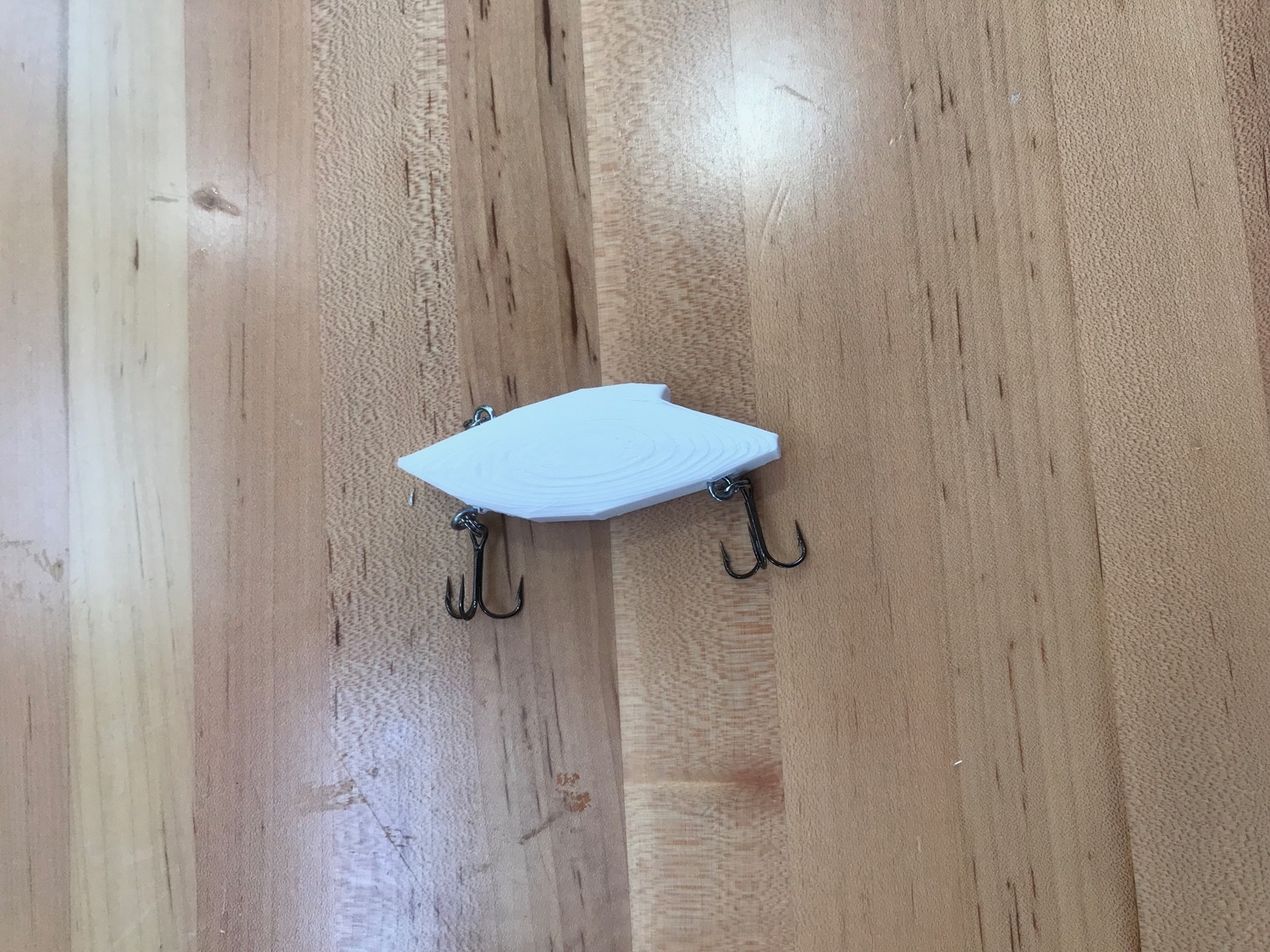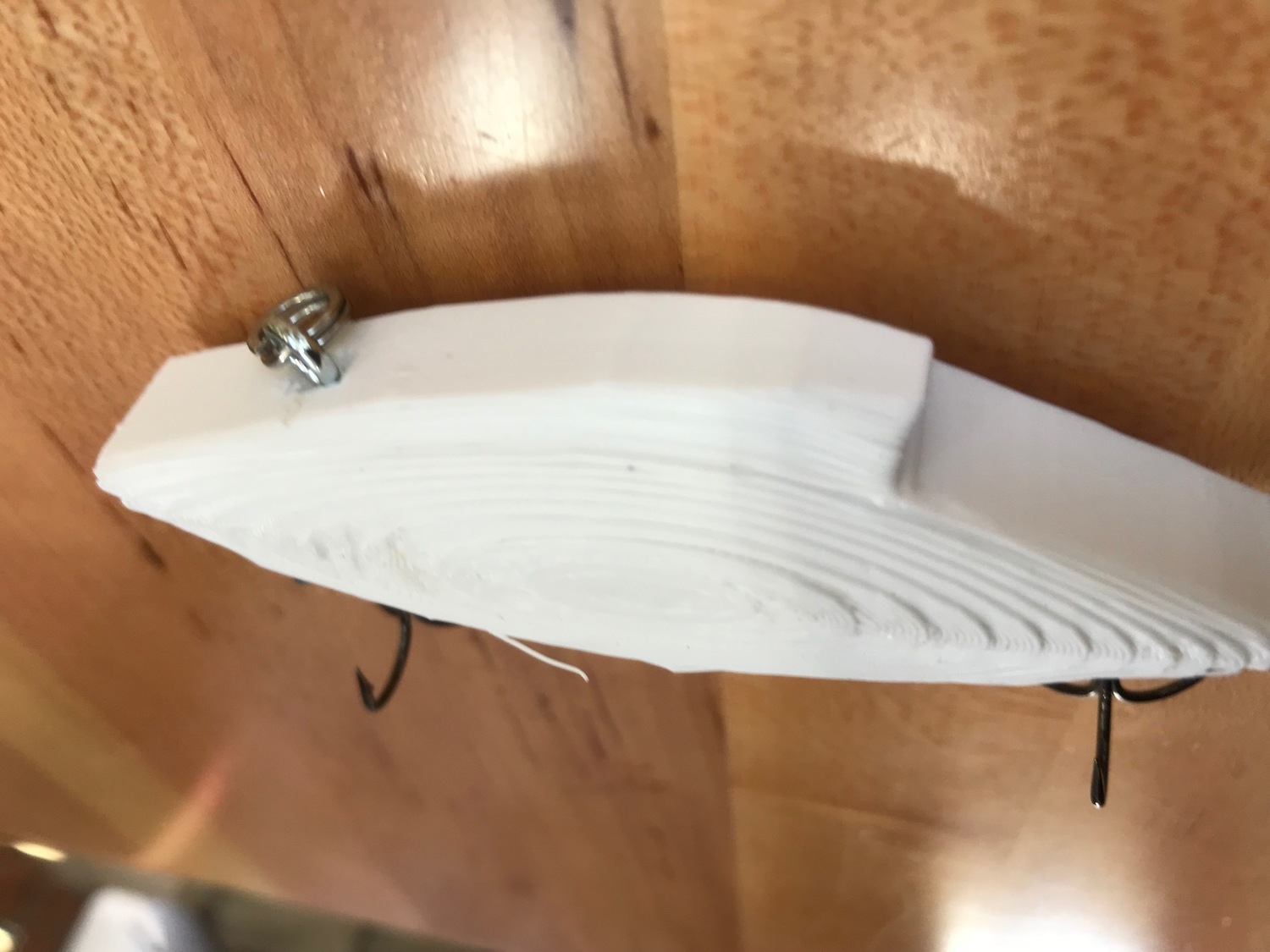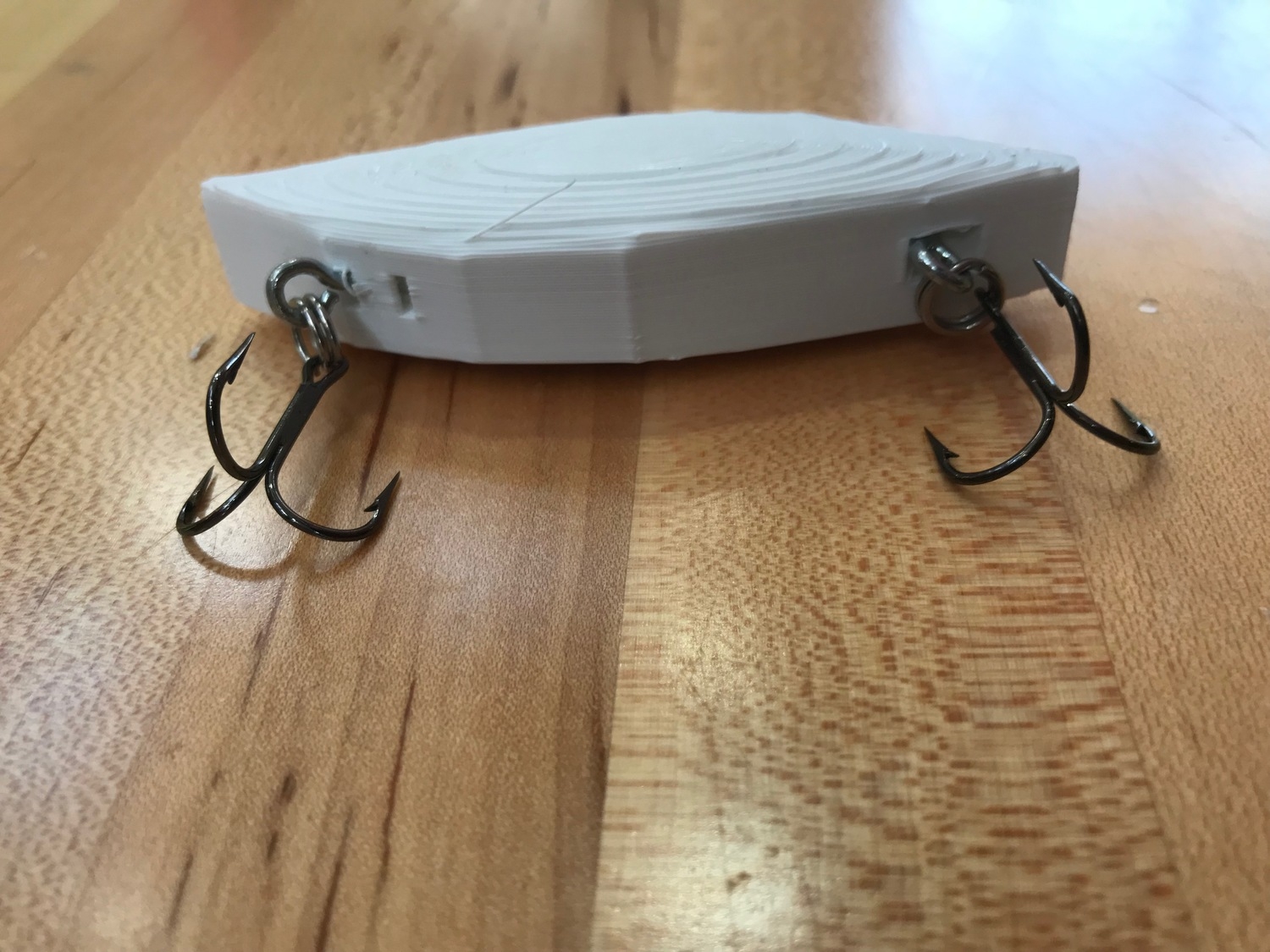This past week in open innovation Tanner and I started by giving a mid semester presentation for our 3D printed fishing lures project. We gave our presentation to the 4B studio along with some of our coaches in order to get feedback on our project. In light of our presentation, we got a lot of positive feedback saying that people liked the project nd the new methods we are moving too with our idea for making separate molds out of different materials. Along with this, we also got report the lures that we have successfully created are successful in there real world fishing attempts along with positive feedback from the 4B class on the overall design and functionallity of the project. Along with this,our constructive feedback wasn't necessarily negative but rather beneficial in furthering the project. We were recommended to add enticing elements or elusive elements to the project by appealing to the bass' sense of smell and their adaptive taste buds. Along with this, it was recommended that we also include a moving lure into our arsenal of lures. So with these two ideas in mind, tanner and I decided to continue developing our project by utilizing all of these ideas and more. So this past class tanner and I have started collecting materials for the plastic and putty molds to help move forward with that. Also, we primarily began work on building the moving lure by adding in an all inclusive system for doing so. We put together a battery setup attached to a button/switch which is rigged into the circuit of the revolution motor. The idea of the motor is it will make the lure vibrate back and forth along with possibly moving a tail in order to entice the fish to attack the lure. Along with putting the first circuit set together, tanner and I worked on making our rhino model cast of a crank bait to put this circuit system inside. Next week in studio we plan to bring these two elements together along with making the molds to begin work on furthering our overall project.
:rotate(0)/55c6xhzpgtu55wmsk17lhvs2189t)
:rotate(0)/55c6xhzpgtu55wmsk17lhvs2189t)
:rotate(0)/55c6xhzpgtu55wmsk17lhvs2189t)



